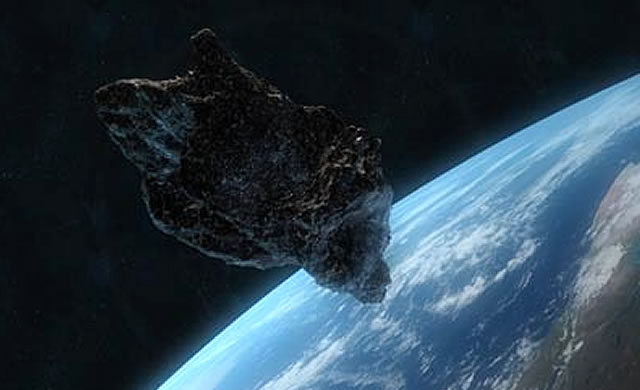

How many Geminids can observers expect to see Dec. You can still see Geminids on other nights, before or after Dec. Therefore, observing from moonset until twilight on Dec. local time, including the Southern Hemisphere, on Dec. 13 to see some Geminids, but with moonlight and radiant low in the sky, you may not see many meteors.īest rates will be seen when the radiant is highest in the sky around 2:00 a.m. Sky watchers in the Northern Hemisphere can go out in the late evening hours on Dec. When is the best time to observe Geminids? You may only see a handful during the night in that case. Observing in a city with lots of light pollution will make it difficult to see Geminids. If you end up in the constellation Gemini, there’s a good chance you’ve seen a Geminid. When you see a meteor, try to trace it backwards. Avoid watching the radiant because meteors close to it have very short trails and are easily missed. Meteors can generally be seen all over the sky. Don’t look at your cell phone screen, as it will ruin your night vision!

Keep in mind, this adjustment can take approximately 30 minutes. Remember to let your eyes get adjusted to the dark – you’ll see more meteors that way. If it’s not cloudy, get away from bright lights, lie on your back, and look up. This is over 1000 times faster than a cheetah, about 250 times faster than the swiftest car in the world, and over 40 times faster than a speeding bullet! The Geminids appear to radiate from a point in the constellation Gemini, hence the name “Geminids.” Meteor videos recorded by the All Sky Fireball Network are also available each morning to identify Geminids in these videos – just look for events labeled “GEM.”Īll meteors associated with a shower have similar orbits, and they all appear to come from the same place in the sky, which is called the radiant. CST on the NASA Meteor Watch Facebook page. 13-14 via a meteor camera at NASA’s Marshall Space Flight Center in Huntsville, Alabama, (if our weather cooperates!), starting at 8 p.m. NASA will broadcast a live stream of the shower’s peak Dec. “Rich in green-colored fireballs, the Geminids are the only shower I will brave cold December nights to see,” said Bill Cooke, lead for NASA’s Meteoroid Environment Office, located at Marshall Space Flight Center in Huntsville, Alabama. wherever you are located, leaving a couple of hours for meteor watching until twilight. Nevertheless, that bright Moon is expected to set around 2:00 a.m.
#Nasa asteroid watch live feed full#
This year, the Moon will be almost 80% full at the peak of the Geminids, which isn’t ideal for our highly regarded meteor shower. This is because the moonlight “washes out” the fainter meteors, resulting in sky watchers seeing the fewer bright ones.

Thus, observers in these locations see fewer Geminids than their northern counterparts.īesides the weather, the phase of the Moon is a major factor in determining whether a meteor shower will have good rates during any given year. As you enter the Southern Hemisphere and move towards the South Pole, the altitude of the Geminid radiant – the celestial point in the sky where the Geminid meteors appear to originate – gets lower and lower above the horizon.
Yet, it is best viewed by observers in the Northern Hemisphere. The Geminids can be seen by most of the world. Meteors belonging to other showers, like the Perseids, burn up much higher. Whatever the nature of Phaethon, observations show that the Geminids are denser than meteors belonging to other showers, enabling them to get as low as 29 miles above Earth’s surface before burning up. Others argue that it has to be an asteroid because of its orbit and its similarity to the main-belt asteroid Pallas. Some astronomers consider it to be an extinct comet, based on observations showing some small amount of material leaving Phaethon’s surface. The Geminids are caused by debris from a celestial object known as 3200 Phaethon, whose origin is the subject of some debate. All the radiants are in Gemini, which means they belong to the Geminid shower. The Geminids appear to radiate from a point in the constellation Gemini, hence the name “Geminids.” The graphic shows the radiants of 388 meteors with speeds of 35 km/s observed by the NASA Fireball Network in December 2020. All meteors appear to come from the same place in the sky, which is called the radiant. 14, making those hours the best time for viewing the meteor shower. The shower is currently active until Dec. Every December we have a chance to see one of our favorite meteor showers – the Geminids.


 0 kommentar(er)
0 kommentar(er)
